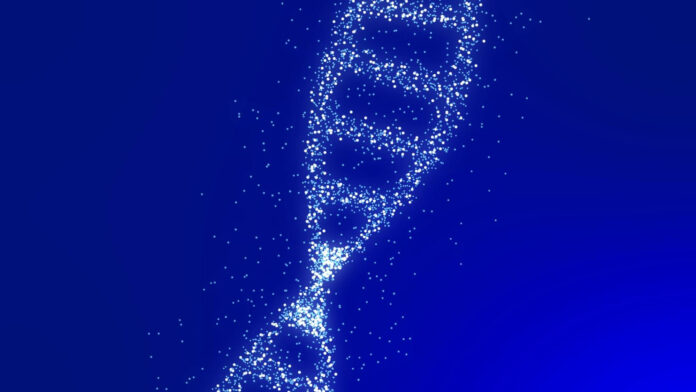A pioneering discovery has shown the complicated relationships between dystrophin, a muscle stability protein, and its companion protein, dystrobrevin, opening new avenues for studying and treating Duchenne Muscular Dystrophy.
Researchers describe dystrophin cryptic C-terminal (CT) region and its role in maintaining cellular membranes across tissues in the December Journal of Biological Chemistry.
“This research highlights the intricate dynamics of dystrophin and dystrobrevin interactions, providing critical insights that could inform future treatment development,” said study lead author Krishna Mallela, University of Colorado Skaggs School of Pharmacy and Pharmaceutical Sciences professor. Our understanding of how these proteins work in diverse tissues is one step closer to finding DMD treatments that target the root causes.


